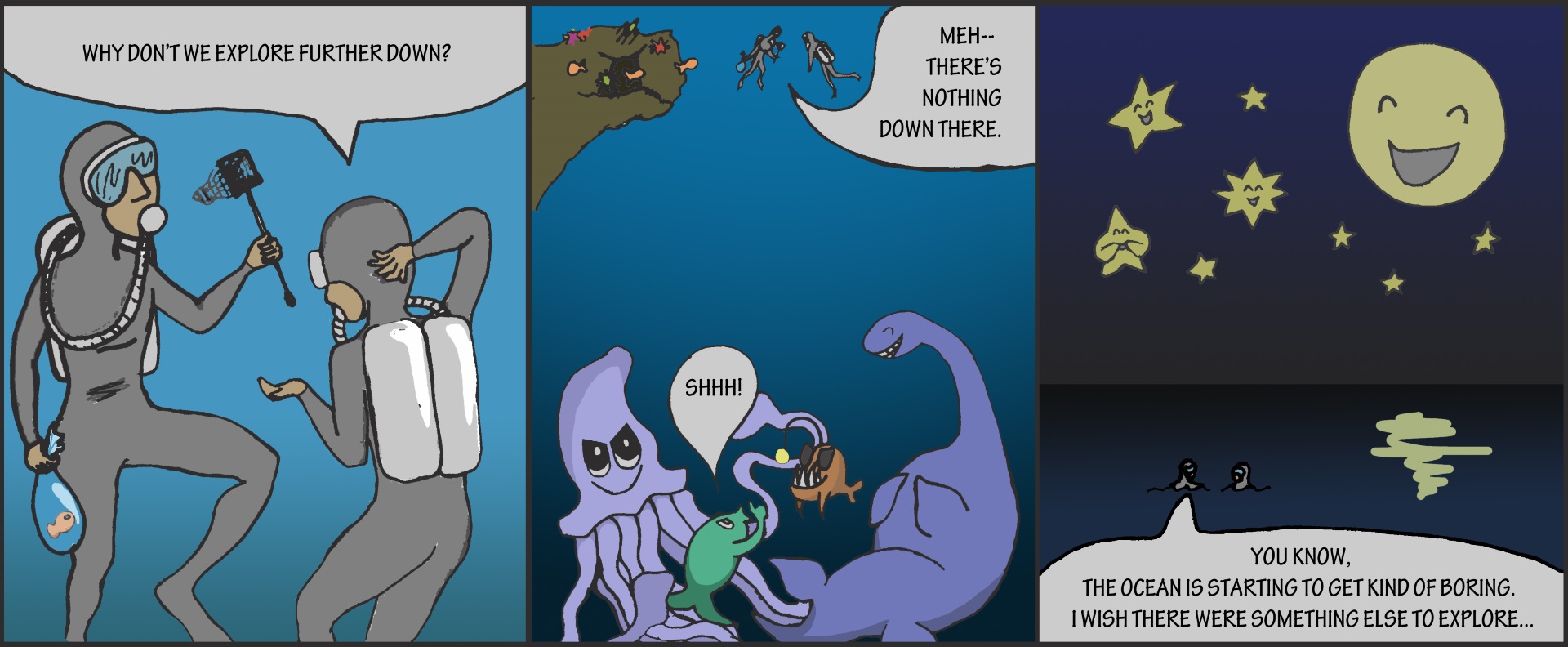A Whole New World: Scientists discover abundant viruses living under the sea
Only in the past decade have scientists begun exploring the rich underwater world of marine viruses, but they are quickly realizing how diverse and abundant these saltwater microbes really are. Recent findings show that ocean ecosystems are dependent on viruses, while optimistic experts are considering the possibility of using viruses to solve agricultural problems and to treat human diseases.

